Rome commemorates, on the 30th anniversary of his death, Giulio Turcato (Mantua, 1912 - Rome, 1995), one of the most radical and inventive figures in post-World War II Italian art, with an exhibition hosted at the Giuliani Foundation for Contemporary Art. The exhibition, titled simply Turcato, is curated by Martina Caruso and Adrienne Drake and will be open to the public from October 11, 2025 to January 31, 2026.
The exhibition aims to restore the complexity and visionary power of an artist who has been able to cross decades of art history with an ever-evolving language capable of fusing matter, light, and political thought. The exhibition itinerary, conceived as a journey through the main phases of Turcato’s research, places at the center the theme of monochrome, understood not as an expression of reduction or pictorial silence, but as a generative, fertile space where color becomes an instrument of knowledge and experimentation.
In the works created since the early 1960s, Giulio Turcato transforms the pictorial surface into a field of energy and metamorphosis. Monochrome, for the artist, never represents a point of arrival, but a new beginning. In opposition to those who sought in monochrome a spiritual landing place or a conceptual suspension, Turcato interprets it as a threshold of openness, a territory where sensitive and intellectual experience meet.
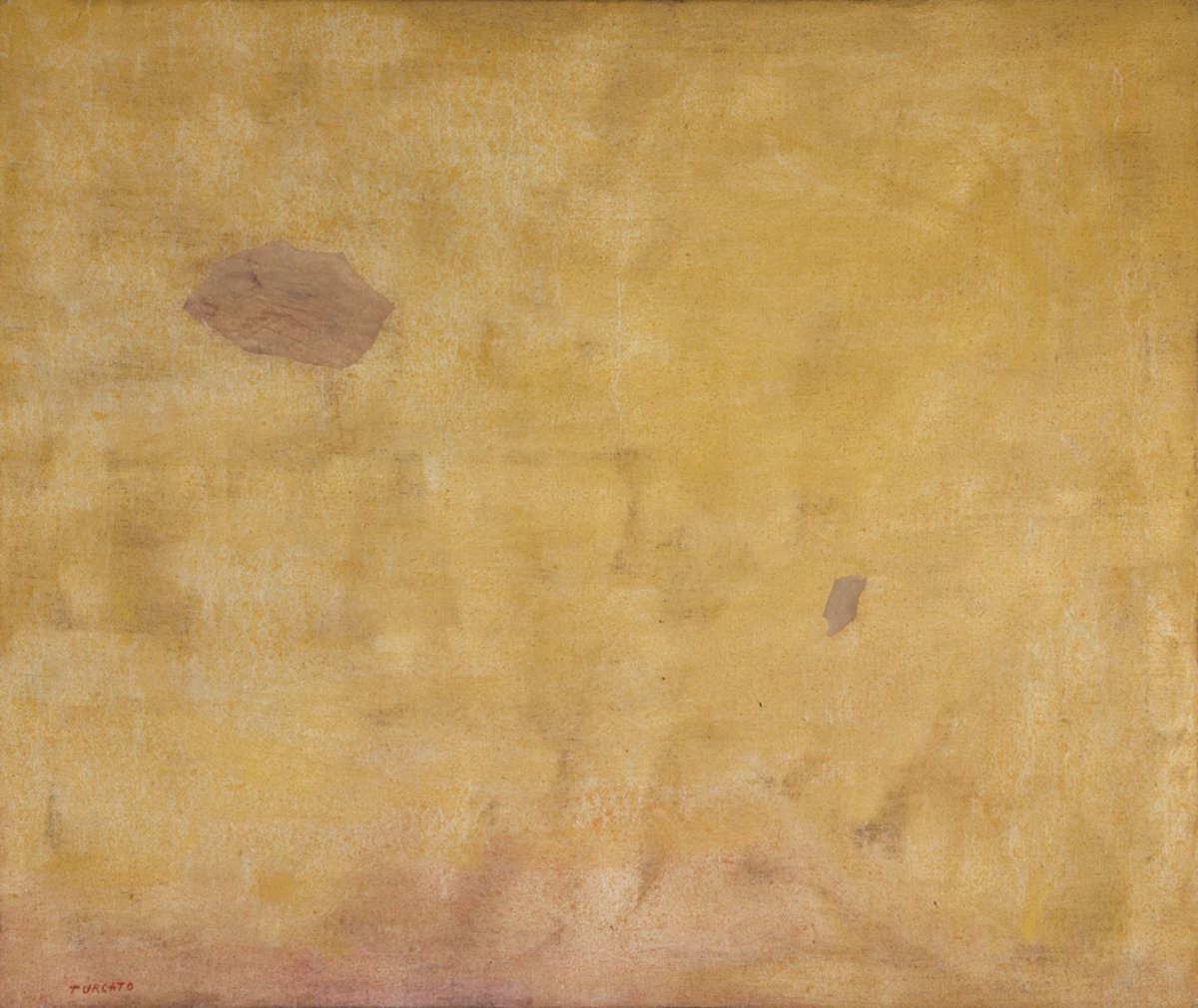
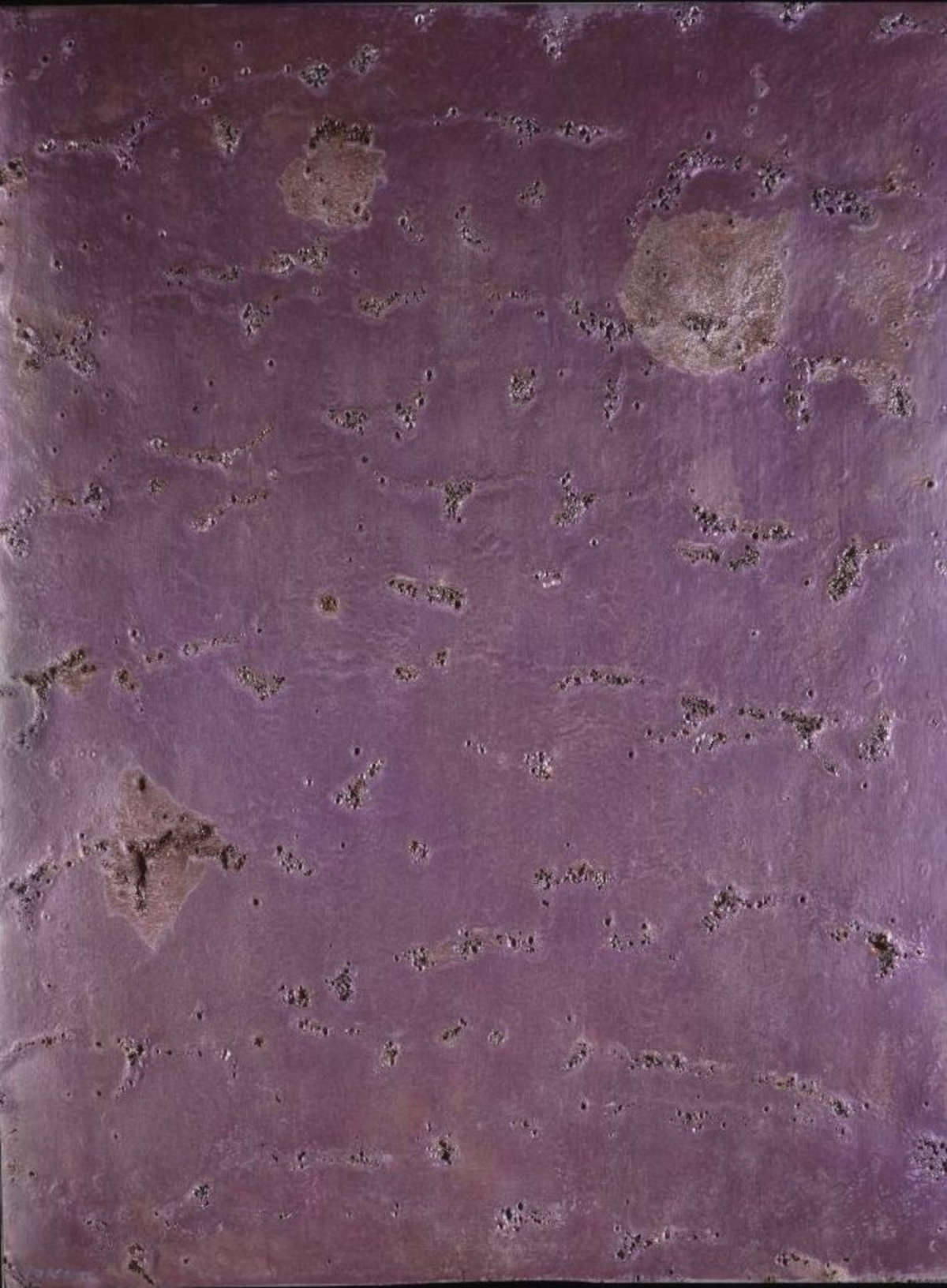
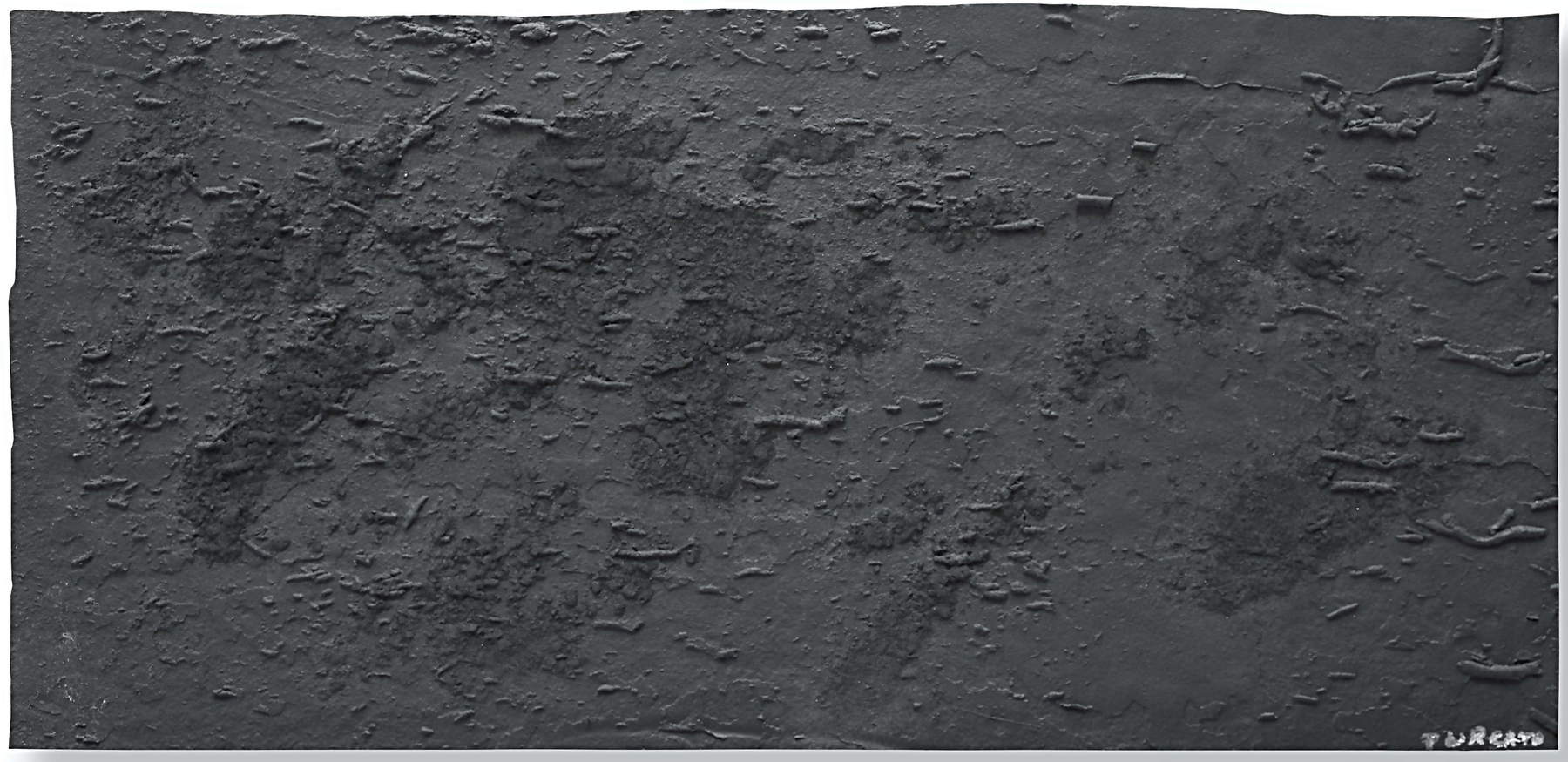
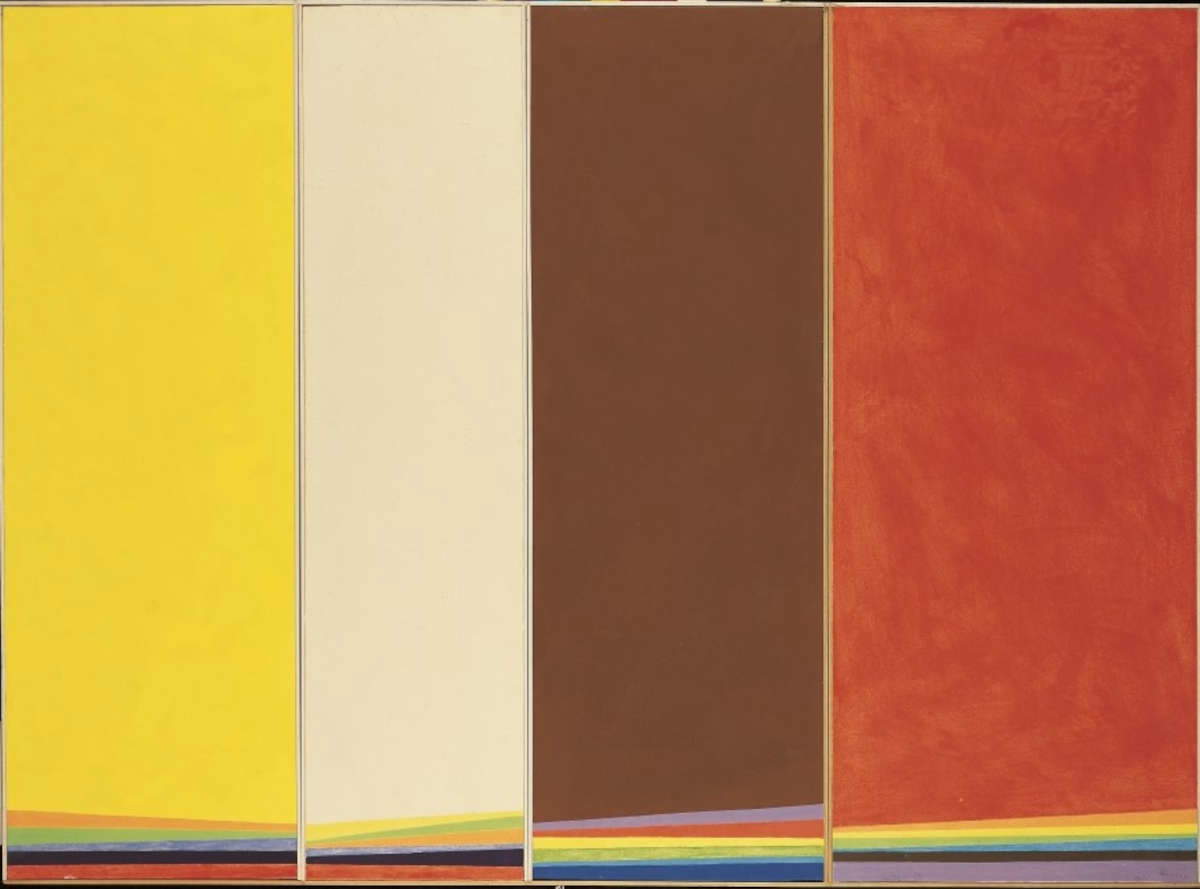
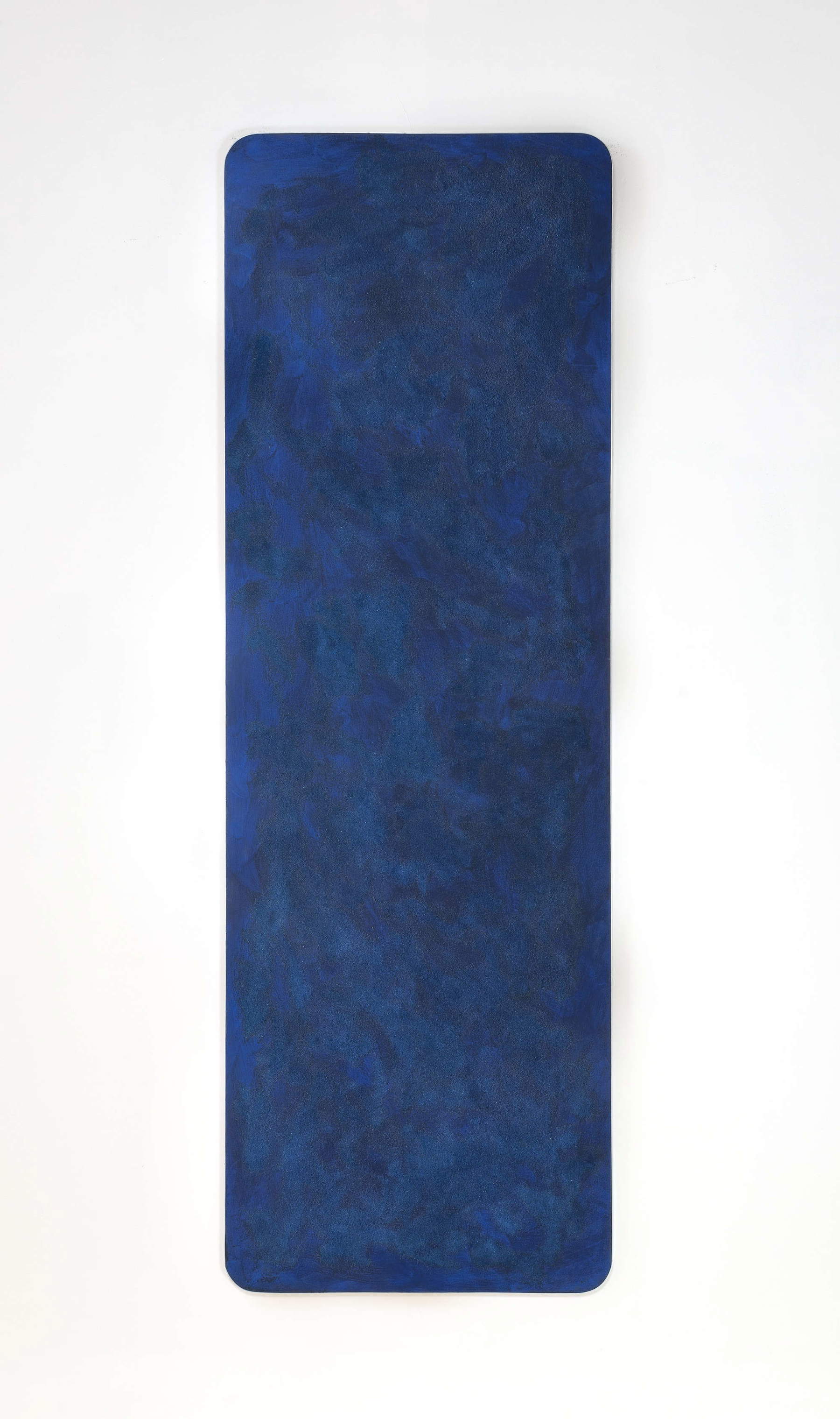
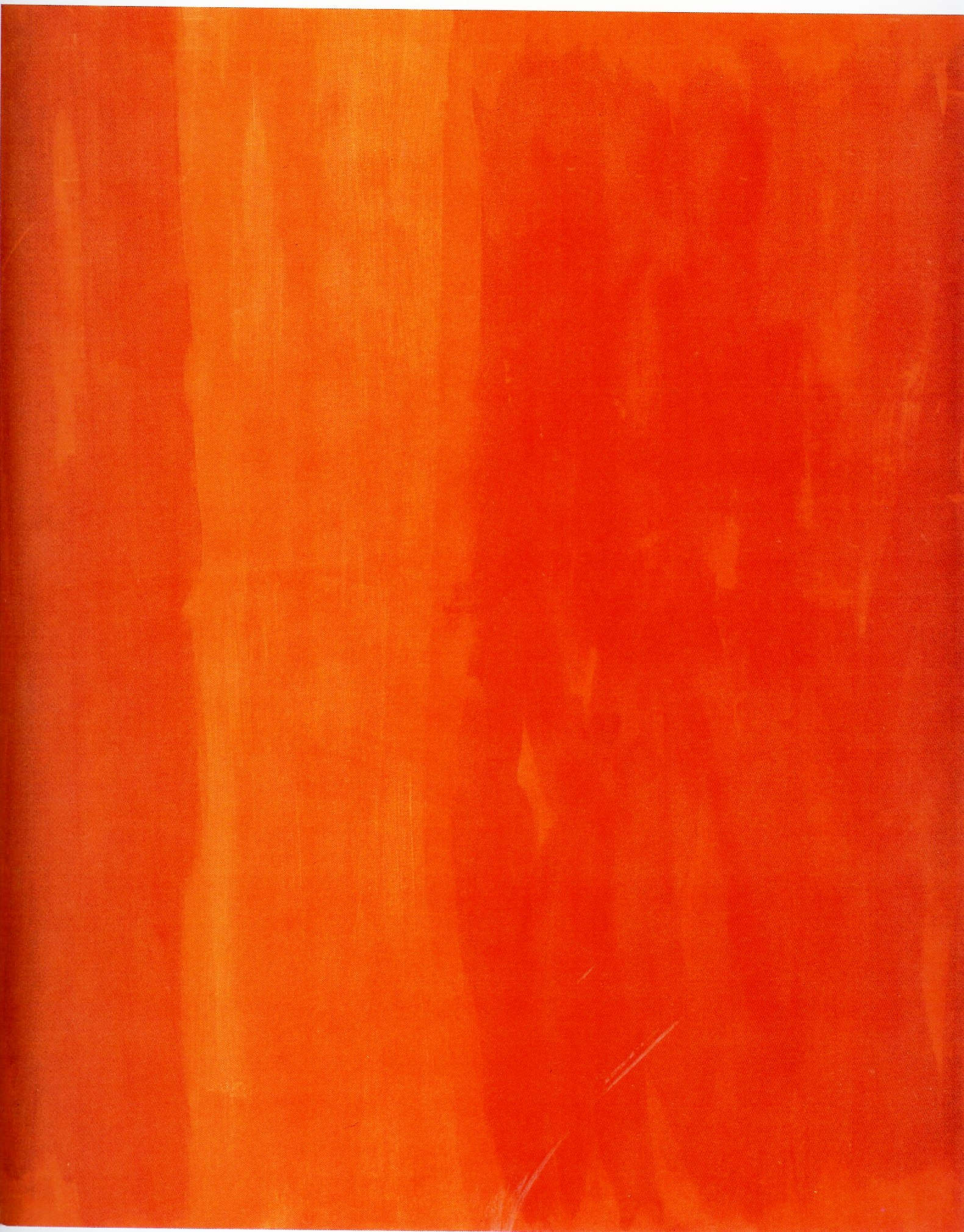
His canvases come alive with unusual materials, which alter their perception and density: excavated surfaces, phosphorescent powders, fragments of pills, coins, carbon paper. Elements drawn from the everyday become, in his hands, a poetic and cognitive language. Through these material inclusions, the artist builds a personal alphabet with which to investigate natural and organic reality - from vegetables to minerals, from ruins to microorganisms - translating the complexity of the world into a visual syntax capable of combining science, imagination and perception.
Art, for Turcato, is a cognitive process. In his vision, color and form are means to explore the deep structures of reality, not mere decorative tools. Chromatic matter thus becomes a vehicle for thought, physical vibration and reflection on the visible.
The exhibition at the Giuliani Foundation also traces the historical and political trajectory of the artist, who constantly intertwined civic engagement with formal research. In 1947, together with Carla Accardi, Ugo Attardi, Pietro Consagra, Piero Dorazio, Mino Guerrini, Achille Perilli and Antonio Sanfilippo, Turcato founded the group FORMA 1. The movement was born in opposition to the rigid figurative orthodoxy promoted by socialist realism, claiming the autonomy of abstract art and the freedom of experimentation. It is in this context that the artist begins to define a restless painting, stretched between abstraction and residues of reality, where form becomes a tool for reflection on society and the possibility of representing contemporaneity.
During the 1960s, Turcato’s gaze opened to international dialogue. During his first trip to New York in 1962, he came into contact with the research of Robert Rauschenberg and Jasper Johns, whose experimental approach to materials found an immediate resonance in his sensibility. His work also shares affinities with Robert Ryman’s investigations, dedicated to the exploration of whiteness and surface, and is confronted with the Italian experiences of Alberto Burri and Enrico Castellani, artists who, like him, investigated the limits of painting and its ability to become object, space and material.
In those same years, Turcato initiated a reflection on color “beyond the spectrum,” an idea that found expression in the series Fuori dallo spettro of 1962 and Oltre lo spettro in the 1970s. In these works, painting becomes a tension toward a nonexistent color, a luminous energy that escapes ordinary vision. His work enters into dialogue with Mario Schifano’s monochromes, centered on chromatic vitality, but is distinguished by its openness to a metaphysical dimension.
The research on color culminates in the Cangianti series, where pigments react to light and movement, generating reflections that change in relation to the viewer’s gaze. Some works contain materials that become visible in darkness, amplifying perception and transforming the pictorial surface into a dynamic field, never the same.
In the 1960s, with the Lunar Surfaces, Turcato looks into the unknown. These works evoke extraterrestrial landscapes, where the pictorial material seems to reflect the enigma of spatial conquest, in an ideal dialogue with Lucio Fontana’s experiences. But if for Fontana the cut is a physical opening to the infinite, for Turcato it is the surface itself that becomes a place of exploration, a terrain of sensory experience in which light, color and matter combine to generate new perceptions.
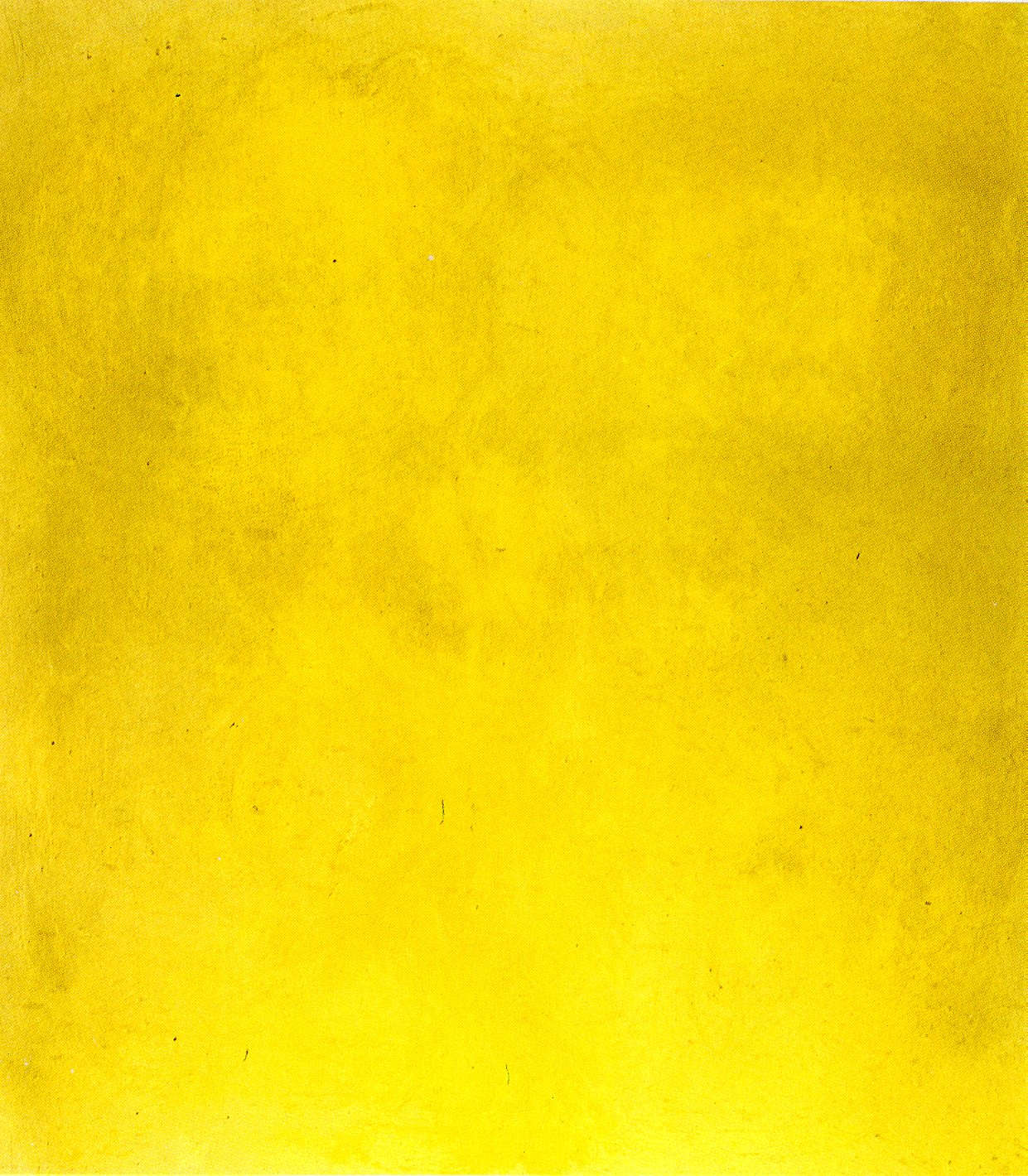
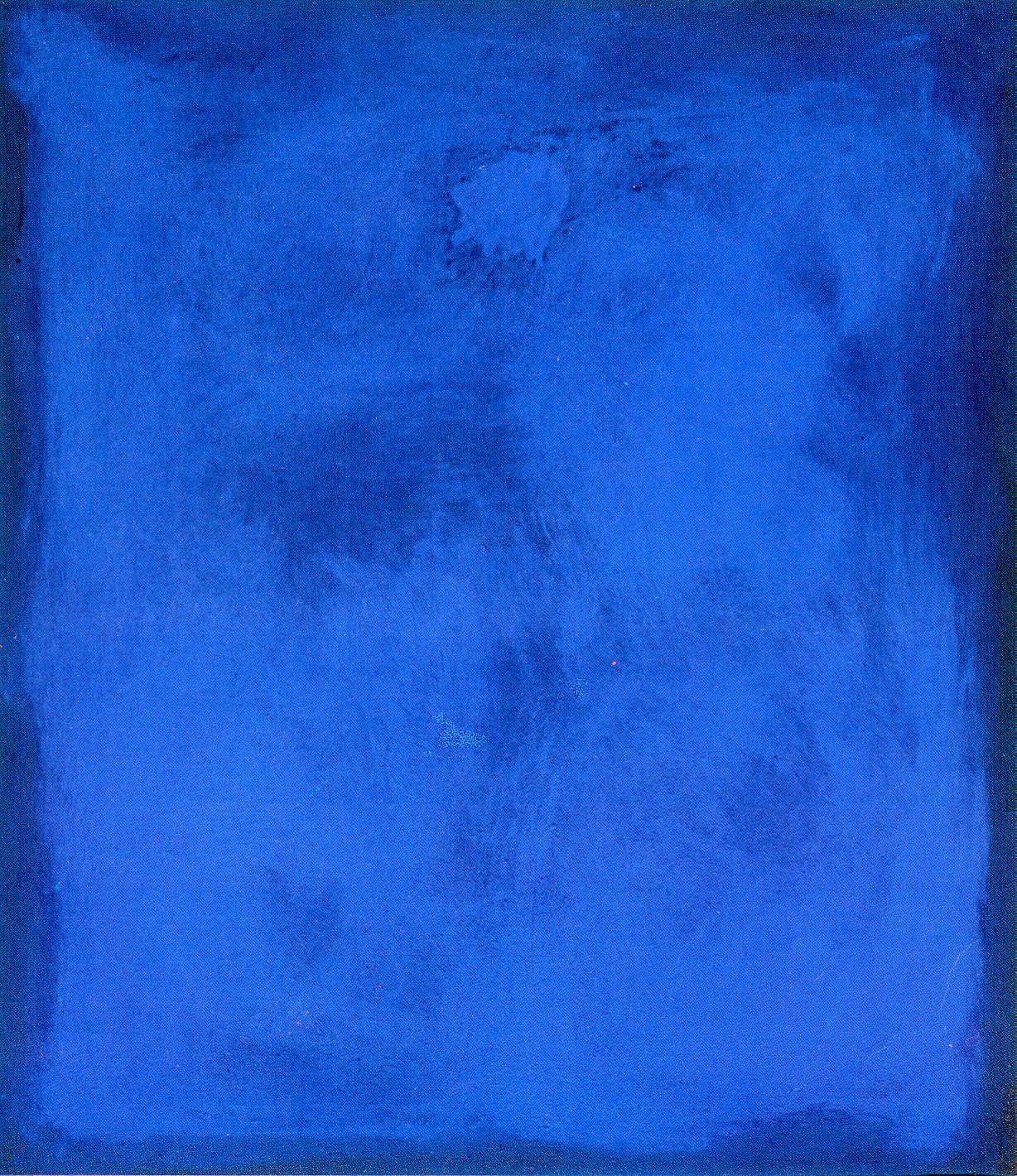
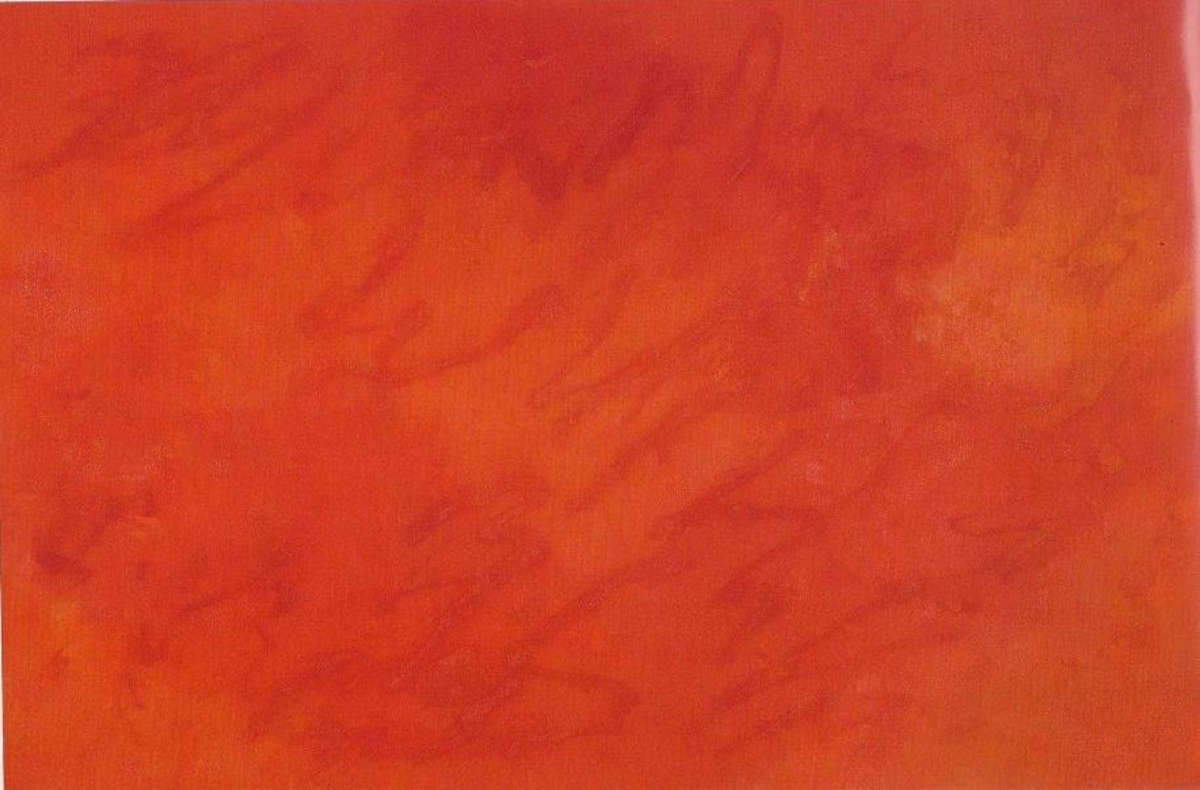

In Cangianti and Monocromi, painting dematerializes while remaining anchored in the physicality of matter. Each work vibrates with an internal energy, a density that binds color to body and space. The surface is never neutral, but alive, sensitive, able to respond to changing light and point of view.
Through this long exploration, Turcato builds a coherent and visionary pictorial thought, which is not based on theoretical statements, but on the direct experience of matter. His research invites the viewer to question the very nature of painting and its power to modify the perception of the world.
With this exhibition, the Giuliani Foundation proposes not only a reinterpretation of the figure of Turcato, but also a reflection on the role of painting in the contemporary context. Curators Martina Caruso and Adrienne Drake have constructed an itinerary that highlights the processual dimension of his work, his constant oscillation between analytical rigor and poetic intuition, between civil commitment and imaginative freedom.
The exhibition will be open Wednesday through Saturday, from 3 to 7:30 p.m., and by appointment, confirming the Giuliani Foundation’s vocation to host projects that explore the complexity of contemporary and historical artistic research. For information and reservations, you can visit www.fondazionegiuliani.org or write to info@fondazionegiuliani.org.
 |
| Rome remembers Giulio Turcato with a retrospective on the 30th anniversary of his death |
Warning: the translation into English of the original Italian article was created using automatic tools. We undertake to review all articles, but we do not guarantee the total absence of inaccuracies in the translation due to the program. You can find the original by clicking on the ITA button. If you find any mistake,please contact us.